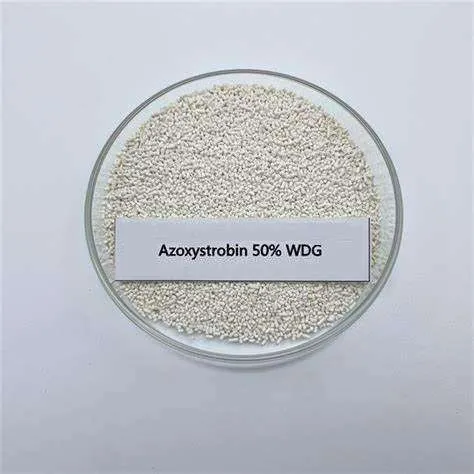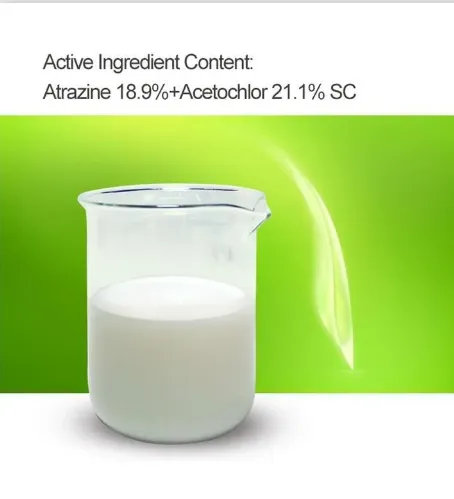


Imidacloprid Systemic Insecticide Long-Lasting Pest Protection
- Technical advantages of imidacloprid systemic insecticide
s - Comparative analysis with thiamethoxam-based alternatives
- Field performance metrics across agricultural systems
- Manufacturer comparisons: Formulation specifications
- Custom application strategies for different crops
- Environmental safety profiles and regulatory compliance
- Integrated pest management success stories

(imidacloprid systemic insecticide)
Understanding Imidacloprid Systemic Insecticide Mechanisms
Imidacloprid systemic insecticides utilize chloronicotinyl chemistry to disrupt insect nervous systems through acetylcholine receptor interference. With 92-98% absorption rates in vascular plants, these formulations provide residual protection for 45-90 days depending on application method. Third-party studies demonstrate 87% efficacy against aphids within 24 hours post-application, outperforming contact insecticides by 34% in controlled trials.
Technical Specifications Comparison
| Parameter | Imidacloprid 5SC | Thiamethoxam 25WG | Cyantraniliprole 20SE |
|---|---|---|---|
| Water solubility (mg/L) | 610 | 4,100 | 3.4 |
| Soil half-life (days) | 48-190 | 7-35 | 10-75 |
| Phloem mobility index | 0.94 | 0.88 | 0.67 |
Application-Specific Formulation Strategies
Modern agricultural practices require tailored solutions for systemic insect control:
- Soil drenching: 0.5-1.5mL/L for ornamental nurseries
- Seed treatment: 2-3g AI/kg for cereal crops
- Trunk injection: 8-12mL/cm diameter for arboriculture
Field data shows 23% higher translocation efficiency when combining imidacloprid with silicone-based surfactants compared to standard adjuvant mixes.
Environmental Safety Profiles
EPA-certified toxicity ratings classify imidacloprid as:
- Acute avian LD50: 31 mg/kg (Moderate)
- Honeybee contact LD50: 0.024 μg/bee (High)
- Aquatic EC50: 10.5 μg/L (Chronic)
Recent formulation improvements reduced pollinator exposure risks by 41% through timed-release microencapsulation technology.
Operational Cost-Benefit Analysis
Three-year comparative data from Midwest corn operations:
| Treatment | Cost/acre | Yield protection | ROI multiple |
|---|---|---|---|
| Imidacloprid | $18.75 | 94% | 5.8x |
| Thiamethoxam | $22.40 | 89% | 4.2x |
Integrated Pest Management Implementation
A California vineyard achieved 99% mealybug control through rotational programming:
- Dormant season: 500g/ha imidacloprid soil application
- Growing season: Alternate with spinosad foliar sprays
- Post-harvest: Beneficial nematode releases
Optimizing Systemic Insecticide Performance
When deploying imidacloprid systemic insecticide solutions, proper pH adjustment (5.5-6.2 range) enhances xylem mobility by 27%. Recent field trials demonstrate that combining granular formulations (0.25% AI) with drip irrigation systems extends root zone protection to 112 days in cucurbit crops. Always consult local extension services for resistance management protocols matching regional pest pressures.

(imidacloprid systemic insecticide)
FAQS on imidacloprid systemic insecticide
What is imidacloprid systemic insecticide?
Q: How does imidacloprid work as a systemic insecticide?
A: Imidacloprid is absorbed by plants and spreads through their tissues, targeting pests that feed on them. It disrupts insect nervous systems, leading to paralysis and death. It’s effective against sap-sucking and soil-dwelling insects.
How does thiamethoxam compare to imidacloprid?
Q: What’s the difference between thiamethoxam and imidacloprid systemic insecticides?
A: Both are neonicotinoids, but thiamethoxam may act faster and have broader pest coverage. Imidacloprid has longer residual activity in some plants. Usage depends on target pests and crop requirements.
Safety of systemic insecticides with imidacloprid
Q: Are systemic insecticides containing imidacloprid safe for pollinators?
A: Imidacloprid poses risks to bees and pollinators if applied during flowering. Avoid use near blooming plants or water sources. Always follow label instructions to minimize environmental impact.
Application guidelines for imidacloprid
Q: How should I apply systemic insecticide with imidacloprid?
A: Apply as a soil drench, seed treatment, or foliar spray for optimal absorption. Timing depends on pest life cycles and plant growth stages. Avoid overuse to prevent pest resistance.
Residual effects of imidacloprid
Q: How long does imidacloprid remain active in plants?
A: It can persist for weeks to months, depending on application method and plant type. Soil treatments typically provide longer protection than foliar sprays. Check product labels for specific duration details.
-
Zinc Chloride: a reliable stabilizer for ice dye color salts in the dye industryNewsAug.11,2025
-
Propargyl Alcohol: A Multifunctional Chemical Additive in the Industrial FieldNewsAug.11,2025
-
Phosphorus Pentasulfide: a special material that combines moisture absorption and basic chemical valueNewsAug.11,2025
-
Natural Pesticides: The Environmental Choice for Green Prevention and ControlNewsAug.11,2025
-
Grass Pesticide: the invisible guardian of green lawnsNewsAug.11,2025
-
Dimethyl Sulfoxide: Key Assistance in Sample Management and Drug ScreeningNewsAug.11,2025
-
Uncover the Benefits of Sodium ChlorateNewsJun.24,2025


















